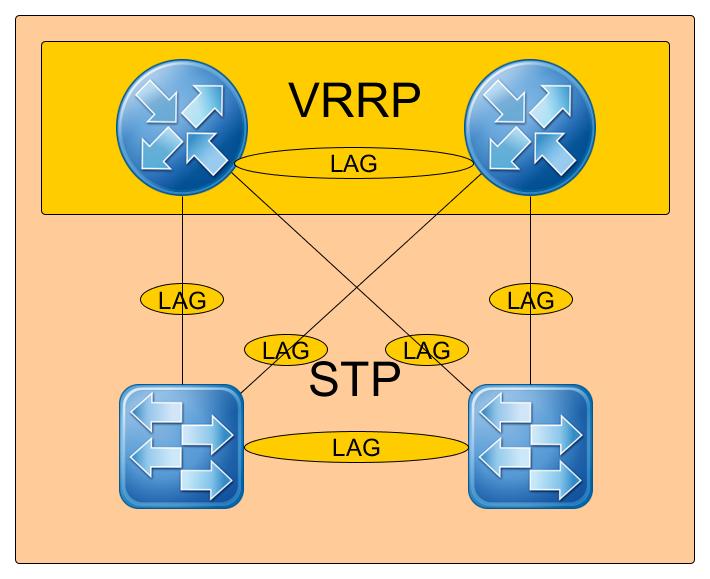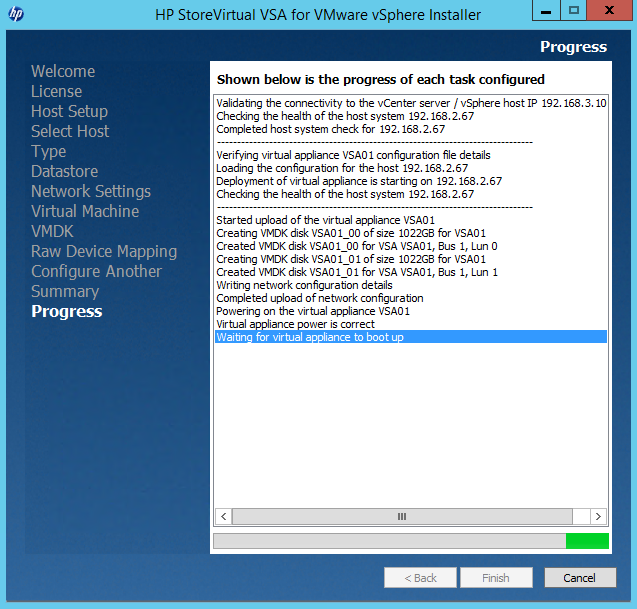My preference on software defined (storage) solutions is not a big secret any more, nevertheless it gets frequently a new spin. Recently so, we observed some strange behavior on our storage leaking over into the corporate ERP systems but primarily caused by our VDI environment and some write patterns showing up there.
Starting to think over the solution space, the typical suspects of course didn’t hesitate to offer 6-digit priced all flash storage systems to leverage the issue. Not exactly the type of budget I want to request for a unforeseen development in systems usage (besides all the foreseen changes and projects).
But did anybody reflect over the latest development in CPUs, PCI- buses and SSD/NVMe? I started to munch further down the isle reflecting over a couple of things:
So first off all think of PCI express bus development, with PCIx 4.0 since 2017 already providing 31+ GB/sec on 16 lanes memory bandwidth. PCIx 5.0 released in 2019 doubled to 63+ GB/sec Continue reading


